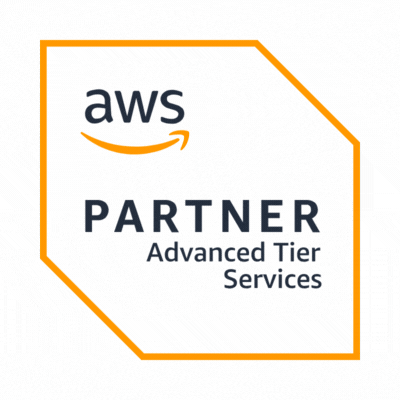It’s been quite some time since the pandemic hit us in 2020. While several businesses were uprooted due to the crisis, the rest were shaken to the ground. For the first time in the modern world, we witnessed a complete shutdown of operations globally.
But as every storm comes with its silver lining, the pandemic introduced us to the fact that remote working is the new normal and here to stay. Thanks to the modern tech-driven era, businesses were able to find an opportunity to operate by shifting online and incorporating work-from-home practices in their strategies.

Now we understand that out of millions of working people, around the globe, the preferences won’t all be the same. The old one-size-fits-all approach is not the solution for the organizations anymore now since the situation has recovered. As much as a section of people loves working remotely and spending more time at home, there is another section of the workforce that wants to get out there and experience the workplace.
So apparently a complete work from home situation is not enough anymore. Flexibility is the new normal. And that is the approach Applify has adopted for better employee management and satisfaction. As a diverse workforce, we have recognized that a variety of roles come with different mindsets, working requirements, and needs. That’s why we have adopted the hybrid work model that is flexible and can be aligned as per the preference of our team.

As part of the hybrid working approach, Applify has been working in consideration with factors like work flexibility and employee well-being. We have implemented all the best practices that help us achieve a productive workflow while a majority of our team works remotely.
Our hybrid policy includes:
1. Worksite (the physical space where you work): Our hybrid model gives employees the freedom to work according to their preferences.
- Remote: Those who want to work from home can opt for remote work while ensuring alignment with their respective team leads.
- On-site: Returning employees are provided with all the essential resources at our office.

2. Work hours (the hours and days when employees work): For better management of employee working hours, we have been using an efficient and intuitive HR system software, Keka, that helps us record and manage employee shift times, leaves, and all the other policies that are required for a seamless workflow.

3. Learning (the remote employees' training and communication): We understand the importance of good communication between teams and management. We also make sure that our employees don’t stop learning even while they work from home by including online training programs and focusing on upskilling employees every now and then.

4. Staying organized (tracking projects and workflow): Tracking employee progress is a time-tested practice for business growth. And now that our employees are working remotely, it’s more like a necessity. With work management tools like Asana, our workflow is always organized.

Our hybrid approach is a step towards a more cooperative and modern workforce. We believe flexibility is the key to productivity. That's why as of now, returning to the office is something we tend to keep optional for employees, except for essential onsite roles. While we continue to evolve our work culture and approach in accordance with the changing times, working flexibility will always be a priority.
As of now, we are thrilled to keep an open mind and innovate our way into the future.


















